AI in Emergency Medicine: Faster Care When Every Second Counts
Published: 10 Jun 2025
Most hospitals face big challenges in emergency care. Emergency rooms are often overcrowded. Doctors must treat many patients at once, with little time and limited information. Because of this, many hospitals struggle to respond quickly and lives can be at risk.
Studies show that delays in emergency care lead to more deaths, longer hospital stays and higher costs. In some cases, patients wait hours before getting help. This delay can make things worse, especially in strokes, heart attacks or trauma cases.
That’s where AI is changing the game. AI tools help doctors move faster, make better decisions and spot danger early. In this post, you will learn how AI supports emergency teams, saves time and improves care when every second counts.
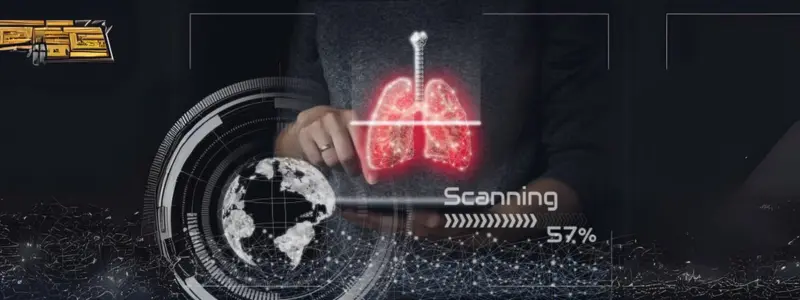
What Is Emergency Medicine?
Emergency medicine is the care given to people who have sudden or serious health problems. These problems can include heart attacks, strokes, accidents or breathing issues. In these moments, doctors and nurses must act fast to save lives.
Emergency rooms are built to help in these situations. But they are often very busy. Doctors may not have all the information they need. Patients may come in with unclear symptoms. And in some cases, there may not be enough staff or time.
Here are a few real-life examples:
- A man faints at work with chest pain. He may be having a heart attack.
- A child has a high fever and starts shaking. It could be a seizure.
- A driver gets into a crash. They are losing blood fast.
In all these cases, time matters. The faster the team works, the better the chance of saving a life. That’s why emergency medicine is one of the most high-pressure jobs in healthcare.
Now that you know what emergency medicine is, let’s look at how AI helps to make it faster and smarter.
What Is AI and How Does It Fit In?
AI stands for artificial intelligence. It means smart computer systems that can learn from data, find patterns and help make decisions just like a human brain but faster.
In healthcare, AI can:
- Read medical scans
- Track heart rate, blood pressure, and oxygen levels
- Give doctors alerts when something looks wrong
- Help sort patients by who needs help first
In emergency rooms, AI is becoming a powerful support tool. It doesn’t replace doctors. Instead, it gives them helpful information quickly. For example, while a doctor checks one patient, an AI system might flag another patient who is in danger and needs care right away.
AI works 24/7 without breaks. It can look at hundreds of data points in seconds. This helps emergency teams work faster and avoid mistakes.
Next, let’s explore the real ways AI helps in emergency rooms, starting from triage to diagnosis and even in ambulances.
Also Read: How AI can Help in Sex Change
Real Ways AI Helps in Emergency Rooms
Emergency rooms are fast-paced and stressful. Every second matters. AI helps doctors and nurses in real time, making their work easier, quicker and smarter. Let’s explore how AI is helping in different parts of emergency care.
1. AI in Triage: Sorting Patients by Urgency
Triage means deciding which patients need help first. It’s the first step when someone enters the ER. By pointing to the right person quickly, AI makes care available for each and every patient.

Why it matters:
ERs often have long lines. Not all patients have life-threatening issues. But it’s hard to tell just by looking. A person who looks fine might be in real danger.
AI tools can:
- Read vital signs like heart rate, blood pressure and oxygen levels
- Check patient history from records
- Use patterns to decide how serious a case is
Example:
In some hospitals, AI-powered triage systems alert staff when a quiet-looking patient is actually in shock or having a silent heart attack. This prevents delays in care.
Simple Impact:
AI reduces wait times for critical patients and avoids human error in judgment.
2. AI in Diagnosis: Finding the Problem Faster
Diagnosis means figuring out what’s wrong with the patient. In emergencies, doctors have very little time to do this. Diagnosis is the first most important step in an emergency case.
AI tools:
- Read CT scans, MRIs and X-rays quickly
- Detect signs of stroke, brain bleeding or fractures
- Analyze ECGs for heart issues
Example:
One AI tool used in the U.S. detects stroke signs in CT scans in under 30 seconds. It alerts the stroke team immediately, cutting down valuable minutes.
Real-life Result:
Faster diagnosis means faster treatment. In stroke care, every minute saved can protect brain function.
3. AI in Decision Support: Helping Doctors Make Better Calls
Doctors must make quick choices like what tests to order, what drugs to give or whether surgery is needed.
AI studies thousands of cases, symptoms and outcomes. It gives doctors smart suggestions.
What it can do:
- Recommend tests based on symptoms
- Warn about possible side effects
- Show risk scores for heart attacks or sepsis
Example:
In a hospital, a patient comes in with chest pain. The AI system analyzes their history, symptoms and vitals. It gives a warning: “High risk of heart attack, order ECG now.”
Why it matters:
AI doesn’t replace doctors, it gives them quick backup. That saves time and helps to avoid mistakes.
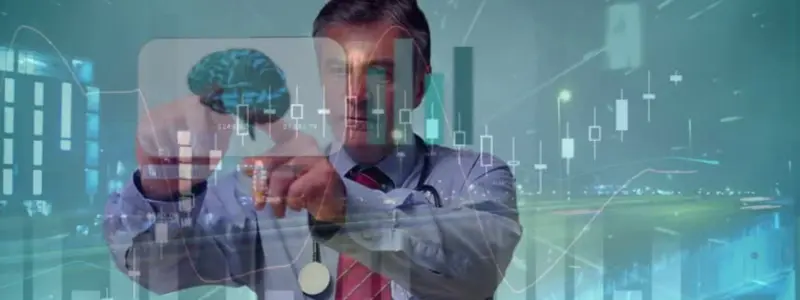
4. AI in Ambulances: Starting Care Before the Hospital
The first few minutes after a trauma or stroke are critical. Starting care early can save a life.
Some ambulances now have smart tools that:
- Monitor vital signs
- Read scan images
- Send real-time data to the hospital
Example:
If someone has a stroke, the AI in the ambulance may detect brain bleeding and send an alert to the ER. By the time the patient arrives, the stroke team is ready with treatment.
Bonus Benefit:
It shortens the time between pickup and care which improves survival and recovery.
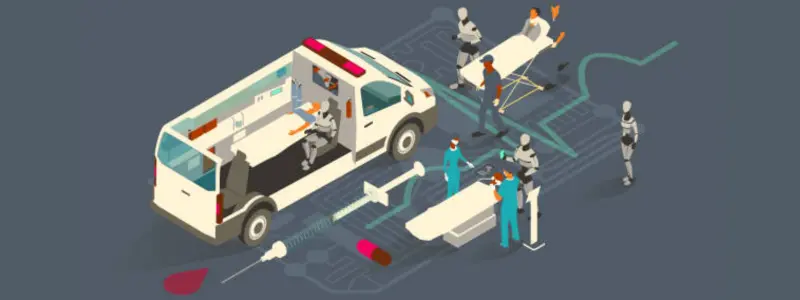
5. AI in Monitoring: Watching Patients Nonstop
AI watches patients around the clock. It looks for warning signs that humans might miss.
What it can catch:
- Drop in oxygen
- Sudden drop in blood pressure
- Irregular heartbeat
If a patient’s heart rate drops suddenly, AI sounds an alarm. The nurse or doctor gets notified instantly, sometimes before symptoms even show.
Why it matters:
Fast alerts = fast action. It helps doctors step in before a situation becomes critical.
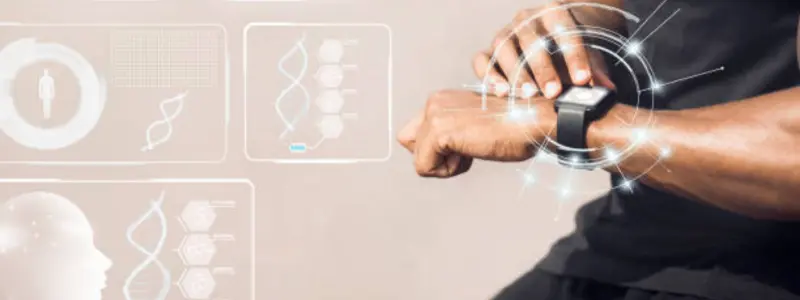
Benefits of AI in Emergency Medicine
- Faster Care
AI analyzes scans and vital signs quickly. This helps doctors treat patients faster when every second counts. - Fewer Mistakes
AI double-checks data and spots problems early, helping doctors avoid errors. - Better Use of Hospital Resources
AI helps to prioritize patients who need urgent care. This reduces wait times and ER crowding. - Support for Overworked Staff
AI handles routine monitoring and alerts staff when a patient’s condition changes, reducing stress. - Early Warning and Prevention
AI can spot early signs of problems, preventing emergencies or lessen their impact.
Challenges and Concerns of Using AI in Emergency Medicine
While AI helps a lot, there are some AI problems to keep in mind:
- Data Privacy
Hospitals must keep patient information safe. AI systems need strong protections to prevent data leaks. - Technical Issues
Sometimes AI tools can make mistakes or fail. Doctors must always double-check AI results. - Cost and Access
Not all hospitals can afford AI technology. Smaller or rural hospitals may miss out on its benefits. - Training Needed
Doctors and nurses need proper training to use AI tools well. Without training, AI may not work as expected. - Trust and Acceptance
Some staff may worry AI will replace them. It’s important to understand AI is a helper, not a replacement.
Future Trends in AI for Emergency Medicine
AI is growing fast. In the future, it will become even more helpful in emergency care. Here are some key trends to watch:
1. More Real-Time Data and Monitoring
Future AI systems will gather more data from patients continuously. This includes wearable devices, smart sensors and mobile apps.
- These tools will watch patients’ health 24/7.
- They can alert doctors immediately if there are any problems.
- This means emergencies can be spotted even before patients reach the hospital.
Example:
Imagine a smartwatch that notices your heart beating irregularly and sends an alert to your doctor instantly.

2. AI-Powered Robots and Assistants
Robots guided by AI will assist in emergency rooms and ambulances.
- They can help with routine tasks like moving patients or delivering medicines.
- AI assistants will provide real-time support to doctors by fetching patient info or suggesting treatments.
Example:
A robot might carry emergency tools in a hospital or help paramedics at an accident scene.
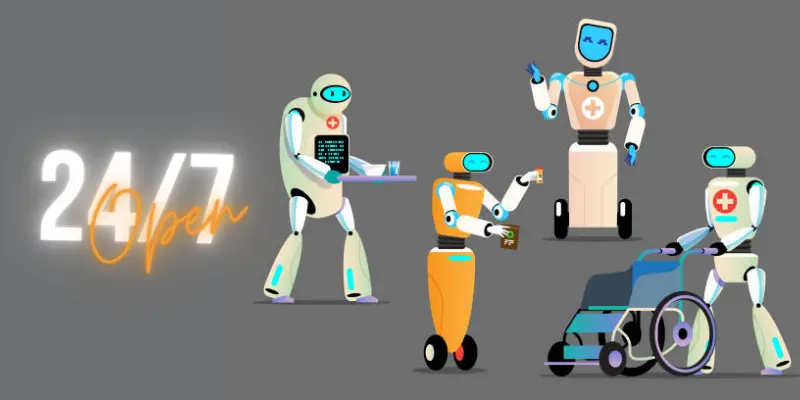
3. Better Integration with Electronic Health Records (EHRs)
AI will work more smoothly with hospital records.
- It will use past medical history to make faster, more accurate decisions.
- AI can predict risks based on patterns in a patient’s health record.
Example:
If a patient with diabetes comes to the ER, AI will quickly alert staff about their special needs or risks.
4. Personalized Emergency Care
AI will help to tailor treatments to each patient.
- It will consider factors like age, health history and genetics.
- This means more effective and safer emergency care.
Example:
Two patients with the same injury might get different treatment plans based on AI’s personalized analysis.
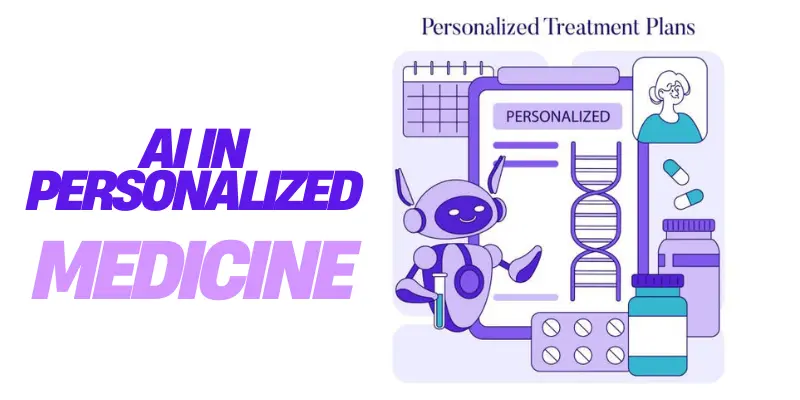
5. Use of AI in Remote and Tele-Emergency Care
AI will support emergency care in places far from hospitals.
- Remote monitoring and AI-guided telemedicine will bring emergency help to rural or disaster areas.
- Paramedics or local health workers will get AI support to make better decisions on site.
Example:
A paramedic in a remote area can use AI tools on a tablet to assess a patient and send live updates to a hospital specialist.
6. Continuous Learning and Improvement
AI systems will keep learning from every emergency case.
- This will make AI smarter and more accurate over time.
- Hospitals can share data to improve AI tools worldwide.
AI in emergency medicine is still growing. These future trends show how it will become a stronger partner for doctors and nurses, helping to save more lives every day.
Conclusion
AI is changing emergency medicine for the better. It helps doctors and nurses work faster, make smarter decisions and save more lives. While challenges remain, the future of AI in emergency care looks bright and full of promise.
If you want to learn more about how AI is transforming healthcare, check out our other articles. Dive deeper into topics like smart catheters, AI-powered diagnostics and more cutting-edge health tech. Stay informed and see how technology is shaping the future of medicine!
Related Queries about AI in Emergency Medicine
Here are frequently asked questions about AI in emergency care:
AI is very good at analyzing data quickly but it’s not perfect and can make mistakes. Human doctors are still more experienced at understanding complex situations and making final decisions. That’s why AI works best as a helper tool with doctors always checking and confirming AI suggestions.
Hospitals always have backup plans and manual systems in place for when technology fails. Doctors and nurses are trained to work without AI just like they did before these tools existed. Most hospitals also have backup power and multiple computer systems to prevent complete shutdowns.
AI systems can be expensive ranging from thousands to millions of dollars depending on the technology. Many hospitals start with smaller, affordable AI tools and gradually add more advanced systems. Some AI companies offer subscription-based AI services that cost less upfront than buying the entire system.
Like any computer system, AI can be targeted by hackers but hospitals use strong security measures to protect patient information. These include encryption, firewalls and regular security updates to keep data safe. Hospitals must follow strict privacy laws like HIPAA to ensure patient information remains confidential.
Training time varies depending on the complexity of the AI system but most basic AI tools can be learned in a few hours to a few days. Hospitals usually provide ongoing training sessions and have tech support available. Many AI systems are designed to be user-friendly, similar to using a smartphone app.
Yes, AI can sometimes make incorrect suggestions which is why doctors always review and confirm AI recommendations before making treatment decisions. Hospitals test AI systems thoroughly before using them and continuously monitor their performance. AI is meant to assist doctors, not replace their medical judgment and expertise.
AI can definitely help with children’s emergencies but it needs special programming to account for differences in children’s bodies and symptoms. Some AI systems are specifically designed for pediatric care, considering factors like age, weight and developmental stages. However, treating children often requires more human judgment and specialized training.
AI excels at reading medical scans, monitoring vital signs and detecting patterns in data-heavy situations like heart attacks and strokes. It’s less effective in emergencies requiring human judgment, emotional support or complex decision-making with limited information. AI works best when there’s clear data to analyze rather than subjective symptoms.
Many smaller hospitals can use cloud-based AI services that don’t require expensive equipment on-site. Some companies offer scaled-down versions of AI tools specifically designed for smaller facilities. Government programs and partnerships with larger hospital systems also help to bring AI technology to underserved areas.
No, AI will not replace emergency medical professionals because human judgment, empathy and complex decision-making cannot be replicated by machines. AI handles data analysis and routine monitoring while doctors and nurses focus on patient care, treatment decisions and human interaction. The goal is to make medical professionals more effective, not to replace them.





